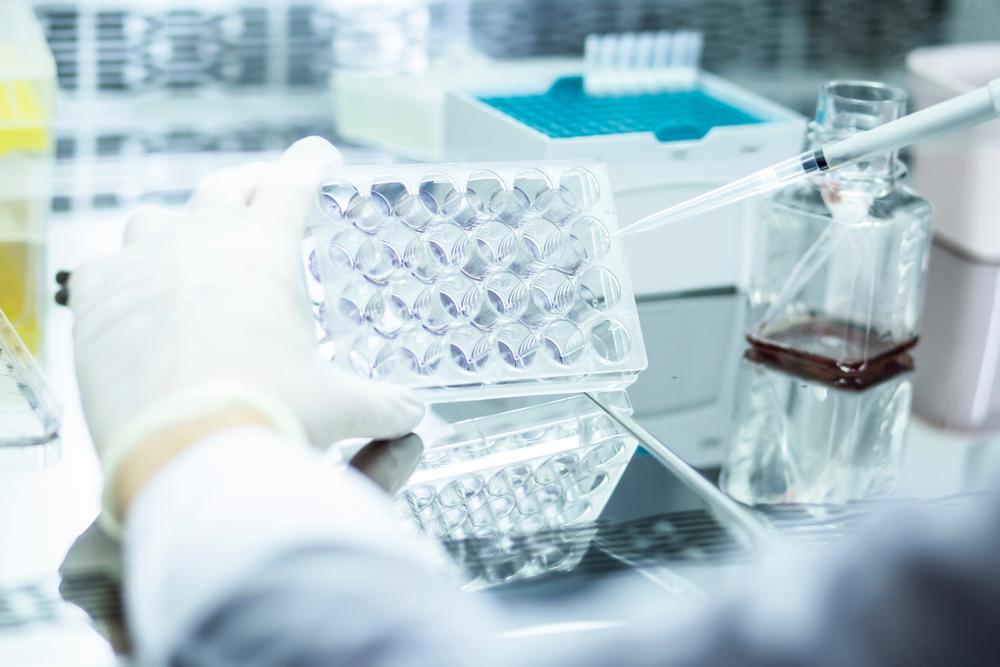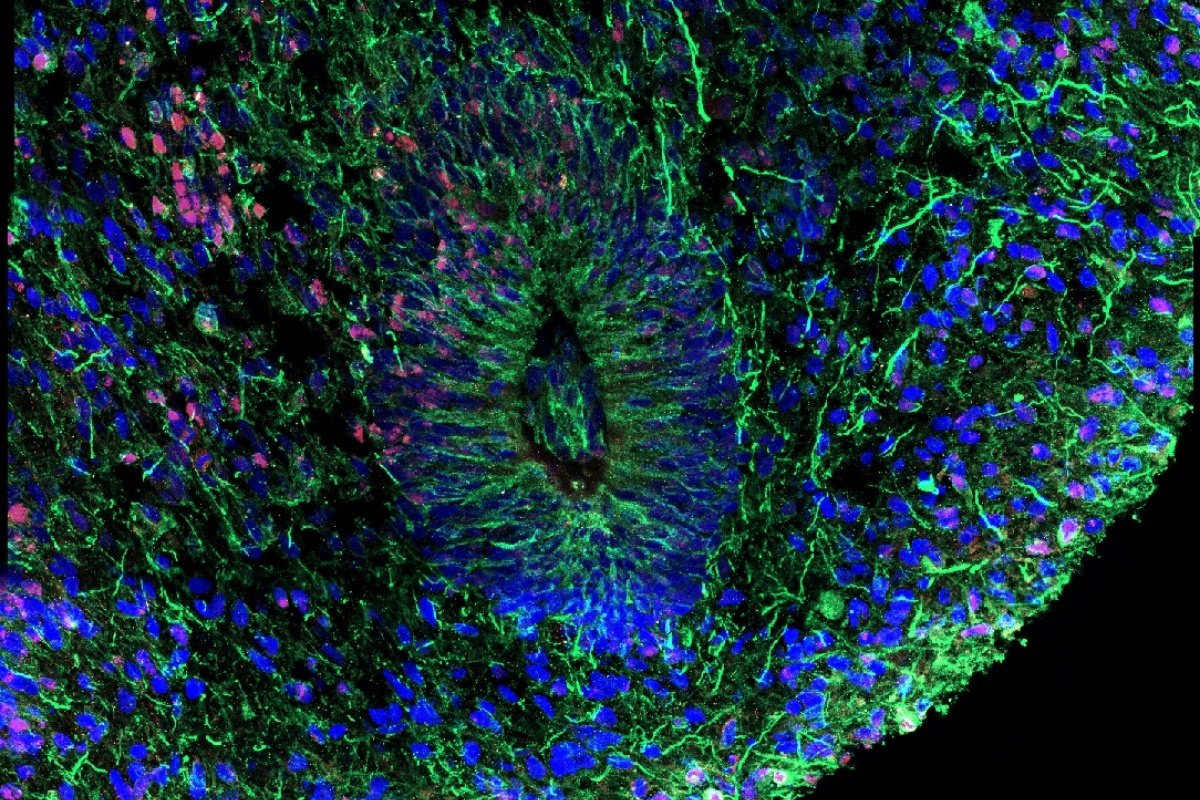Scientists from Unicamp have used mini-brains to reproduce features of the nervous system of people with schizophrenia. The results suggest that lower amounts of protein in the brain may be associated with the disease.
The researchers used miniature organs made of cells to compare the neurodevelopment of people with and without the disease. The study, published this month in the journal Cell & Bioscience, was conducted in partnership with Idor (Instituto D’Or de Pesquisas), Unifesp (Federal University of São Paulo) and UFRJ (Federal University of Rio de Janeiro).
The result is that there is a difference in the amount of protein that may be associated with schizophrenia in the early stages of brain development.
According to Juliana Minardi, a scientist at Unicamp and one of the authors of the paper, the study provides a glimpse into the genetics of patients, which may open new possibilities for diagnosis and treatment of the disease that affects 1.6 million Brazilians.
In addition to mini-brains, the scientists used two more models. in a laboratory setting: undifferentiated cells and young neurons without a specific biological function.
“We still don’t know many of the triggers that lead to schizophrenia. The genetic issue, for example, doesn’t explain all situations. The idea to bring these models is to try to understand how this works because there are several possibilities for the disease to occur,” says Minardi.
Another study led by Unifesp and published this year in the scientific journal Nature analyzed inherited factors associated with pathology. The conclusion is that between 60% and 80% of schizophrenia cases have a genetic origin.
Studies on the disease often use postmortem neural cells from deceased patients, Minardi says. Mini-brains, also called cerebral organoids, allow analysis of living cells similar to those found in humans, but without the need for biopsy.
How are mini-brains produced?
All models were constructed from induced pluripotent stem cells or IPS. They are the result of a technology that “reprograms” adult cells removed from the skin in research to return to the embryonic stage. With this, they can transform themselves into any other cell in the body.

Researchers add growth factors to the environment in which the cells grow so that IPS cells become mini-organs. The factors indicate the “path” that the IPS will take to develop a mini-organ or neuron.
When transformed, IPS cells simulate the neural characteristics of people who donate cells for the study, even when reprogrammed. In this way it is possible to compare organisms with and without schizophrenia.
Mini-brain may help improve diagnosis and treatment of schizophrenia
According to Minardi, among the models, brain organoids have the closest results to those observed in humans because they acquire characteristics of the brain, including different types of cells and neurons, throughout development.
The results observed in mini-brains are similar to those already found in studies with brains removed after death, with a reduced amount of protein in the nervous system. According to Minardi, the similarity validates the model’s use to study such diseases.
Organoids can also be used to confirm the effectiveness of drugs, taking into account the individual characteristics of the person being analyzed. With cells from patients with schizophrenia, it is possible to construct models that take into account certain characteristics to test the effectiveness of therapies.
Source: Tec Mundo
I am Bret Jackson, a professional journalist and author for Gadget Onus, where I specialize in writing about the gaming industry. With over 6 years of experience in my field, I have built up an extensive portfolio that ranges from reviews to interviews with top figures within the industry. My work has been featured on various news sites, providing readers with insightful analysis regarding the current state of gaming culture.












